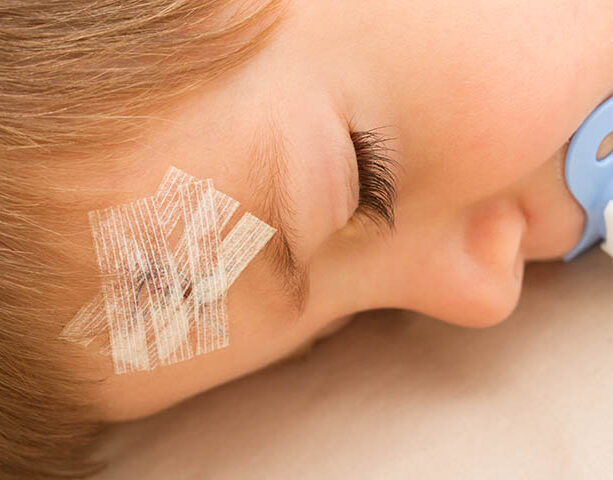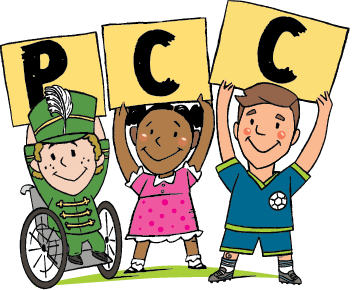Home » Common Childhood Illness FAQs » Stitches for Cuts
What You Should Know
Stitches for Cuts

In the normal course of being a kid, they are bound to get some scrapes, scratches, and even cuts. Kids play hard, they run, ride bikes, and jump around on playground equipment. They also fall down which is when cuts and scrapes happen.
In many cases, you can treat an open wound at home. Clean the wound, apply some type of antiseptic, then bandage it up. However, it is important to know when a cut needs stitches or medical care.
Your child may need stitches if the wound:
- Is still bleeding after you apply pressure for 5 minutes
- Is gaping or wide
- Looks deep
- Is on your child’s face, lips, or neck
- Has glass or other debris in it
- Has an object sticking out of it, such as a twig
- Spurts blood
If your child has these symptoms and the cut seems more severe, you should seek medical attention immediately for potential stitches. If the cut is spurting blood, it’s possible an artery was nicked. Apply pressure to the wound immediately with a clean cloth and call 911.
You’ll need to take care of the cut as it heals to help ensure the wound does not get infected. Follow your specific pediatrician’s orders on how to care for your child’s wound. Stitches will require some care and monitoring to make sure they also don’t get infected. Ensure your doctor answers all your questions about caring for stitches such as if they are dissolvable or need to be removed, when can they get wet, when can your child resume normal activity, etc. A general guide for caring for stitches is as follows:
- Keep the wound dry for 24-48 hours after receiving stitches. Your child can shower after that timeframe if your child’s doctor has approved it.
- After this timeframe, you can wash around the cut with clean water 2x a day. Do not use hydrogen peroxide or alcohol as that can slow the healing.
- Keep the wound covered according to the doctor’s instructions.
- Do not let your child soak the wound with stitches such as by going swimming or taking a bath that would immerse the stitches in water until the follow up doctor’s appointment. At the follow up appointment, your child’s doctor will instruct on when your child can resume these activities and get the wound wet.
- Help your child avoid activities that can reopen the wound.
- Do not attempt to remove the stitches on your own. Your child’s doctor will further instruct on the follow up appointment to remove the stitches, which will usually be within 7-10 days of receiving stitches. If the stitches are dissolvable and do not need to be removed by a doctor, your child’s pediatrician will likely schedule a follow up appointment for a wound check within 1-2 weeks of receiving stitches.
If you suspect your child’s wound is infected, it’s important to seek medical attention right away.
Symptoms of an Infected Wound in Children Include:
- Your child has a fever or swollen glands, or both.
- Your child has increased pain, even with medication
- The pain extends beyond the wound area. There may be an expanding area of redness around the wound or red streaks on the skin around the wound.
- The area around the wound is getting more swollen, red and is hot.
- There is blood or pus draining from the wound.
- Your child has signs of dehydration, such as peeing less, dark pee, a dry mouth, or sunken eyes.
The good news is that children’s bodies heal quickly. Some scarring is normal as the body works to heal itself. With care and by following your pediatrician’s specific instructions, the wound should heal properly and swiftly.





